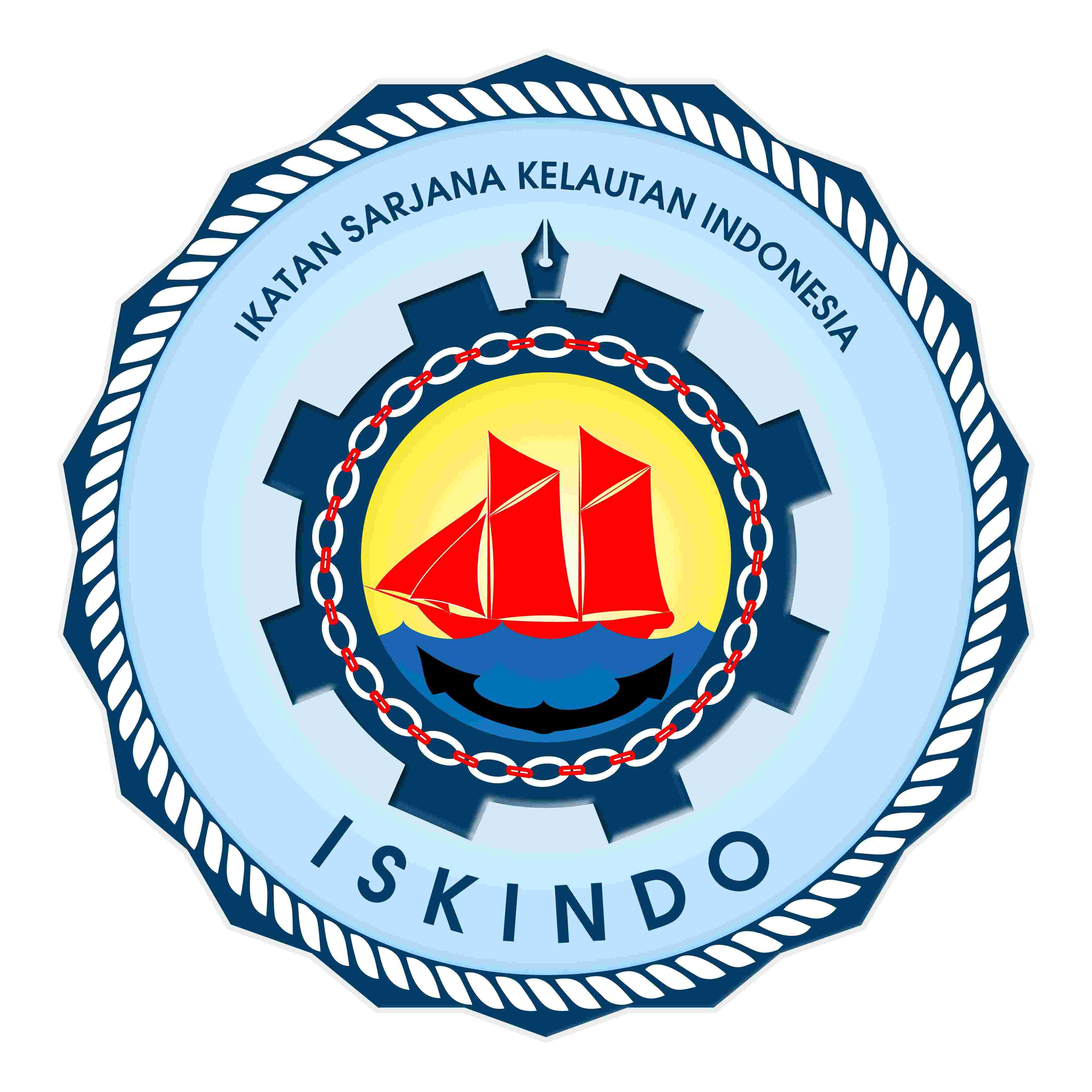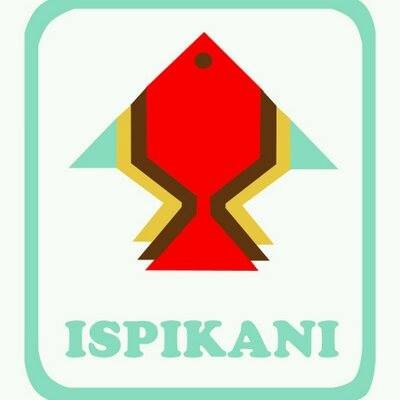IDENTIFIKASI SAMPAH LAUT DI PANTAI TONGKAINA DAN TALAWAAN BAJO
DOI:
https://doi.org/10.35800/jplt.7.3.2019.24432Abstract
Marine debris is all material in the solids form that could not be found naturally (is a product of human activities) in the territorial waters (oceans, beaches) and could threat directly to the conditions and productivity of the territorial waters. Marine debris is defined by UNEP (2009) as solid material that is difficult to decompose, plant or processed results are discarded or left in marine and coastal environments. Marine debris consists of goods used by humans and deliberately disposed to the sea. Marine debris can be transported with ocean currents and winds from one place to another, even being able to travel long distances from the source. Common waste problems encountered in urban areas in Southeast Asian countries, as populations grew, followed by increased revenues potential garbage and various types of garbage produced. Marine debris classified as Meso and Macro trash with size > 5 mm to 1 m. Marine debris observation is carried out by modifying the method of coastline survey methods based on National Oceanic and Atmospheric Administration (2013). There are some important things to be prepared before doing the observation that was stranded in coastal areas such as the selection of observation locations, materials needed for observation and time observation. Based on the results of the research of marine debris samples obtained at the research site there are 2 characteristics of marine debris namely of macro flakes collected in twelve transect as much as 341 grains, while meso-debris contains as many as 94 goods. Also the debris with a category of micro-debris as many as 46 items with a total of 481 items and total weight total 1433.38 gr/m2.
Keywords: Marine debris, Tongkaina, Talawaan Bajo
 Sampah laut atau marine debris adalah semua material berbentuk padatan yang tidak dijumpai secara alami (merupakan produk kegiatan manusia) di wilayah perairan (lautan, pantai) dan dapat memberikan ancaman secara langsung terhadap kondisi dan produktivitas wilayah perairan. Sampah laut, didefiniskan oleh UNEP (2009) sebagai bahan padat yang sulit terurai, hasil pabrik atau olahan yang dibuang atau dibiarkan di lingkungan laut dan pesisir. Sampah lautan dapat ditransport oleh arus laut dan angin dari satu tempat ke tempat lainnya, bahkan dapat menempuh jarak yang sangat jauh dari sumbernya. Permasalahan sampah umum dihadapi pada daerah perkotaan di negara Asia Tenggara, seiring meningkatnya jumlah penduduk, diikuti peningkatan pendapatan, sehingga mengakibatkan meningkatnya potensi timbulan sampah perkapita dan beragamnya jenis sampah yang dihasilkan (Nguyen & Schnitzer, 2009). Sampah laut ditelaah adalah yang tergolong sampah meso dan makro dengan ukuran > 5 mm sampai 1 m. Pengamatan sampah dilakukan dengan modifikasi metode shoreline survey methodology berdasarkan National Oceanic and Atmospheric Administration NOAA (2013). Ada beberapa hal yang penting untuk disiapkan sebelum melakukan pengamatan sampah yang terdampar di daerah pantai seperti pemilihan lokasi pengamatan, bahan yang di perlukan untuk pengamatan dan waktu pengamatan. Berdasarkan Hasil Penelitian sampel sampah laut yang diperoleh di lokasi penelitian terdapat 2 karakteristik sampah laut yaitu makro-debris yang dikumpulkan pada dua belas transek sebanyak 341 item, sedangkan meso-debris terdapat sebanyak 94 item, serta ditemukan juga sampah dengan kategori mikro-debris sebanyak 46 item dengan total keseluruhan 481 item dan berat total keseluruhan 1433,38 gr/m2.
 Kata Kunci: Sampah laut, Tongkaina, Talawaan Bajo
















